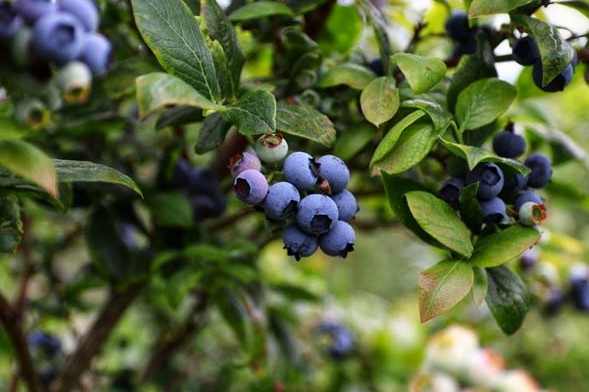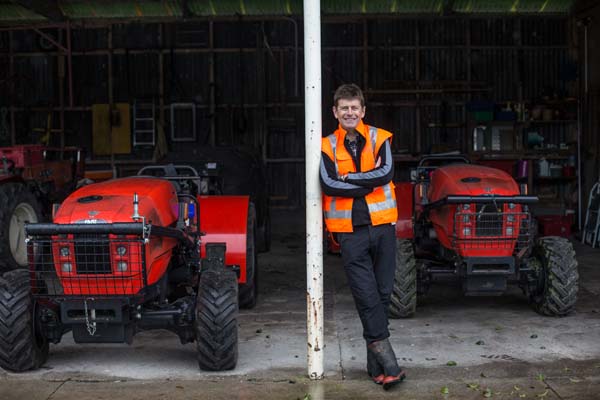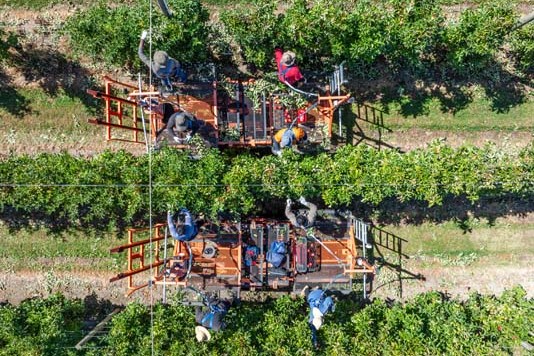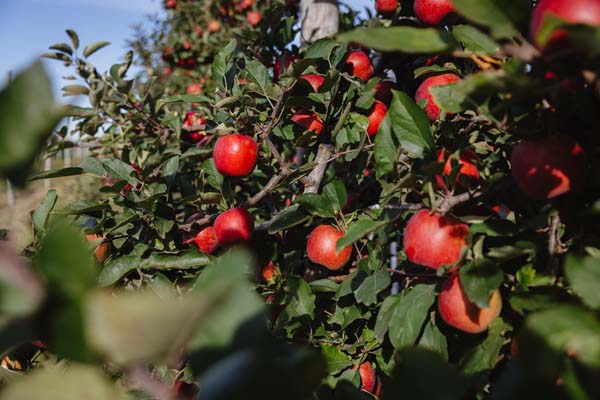Pasture management in the wet
Most regions of New Zealand have experienced significantly more rainfall this season than usual, and much more than was predicted. By Claire Ashton.
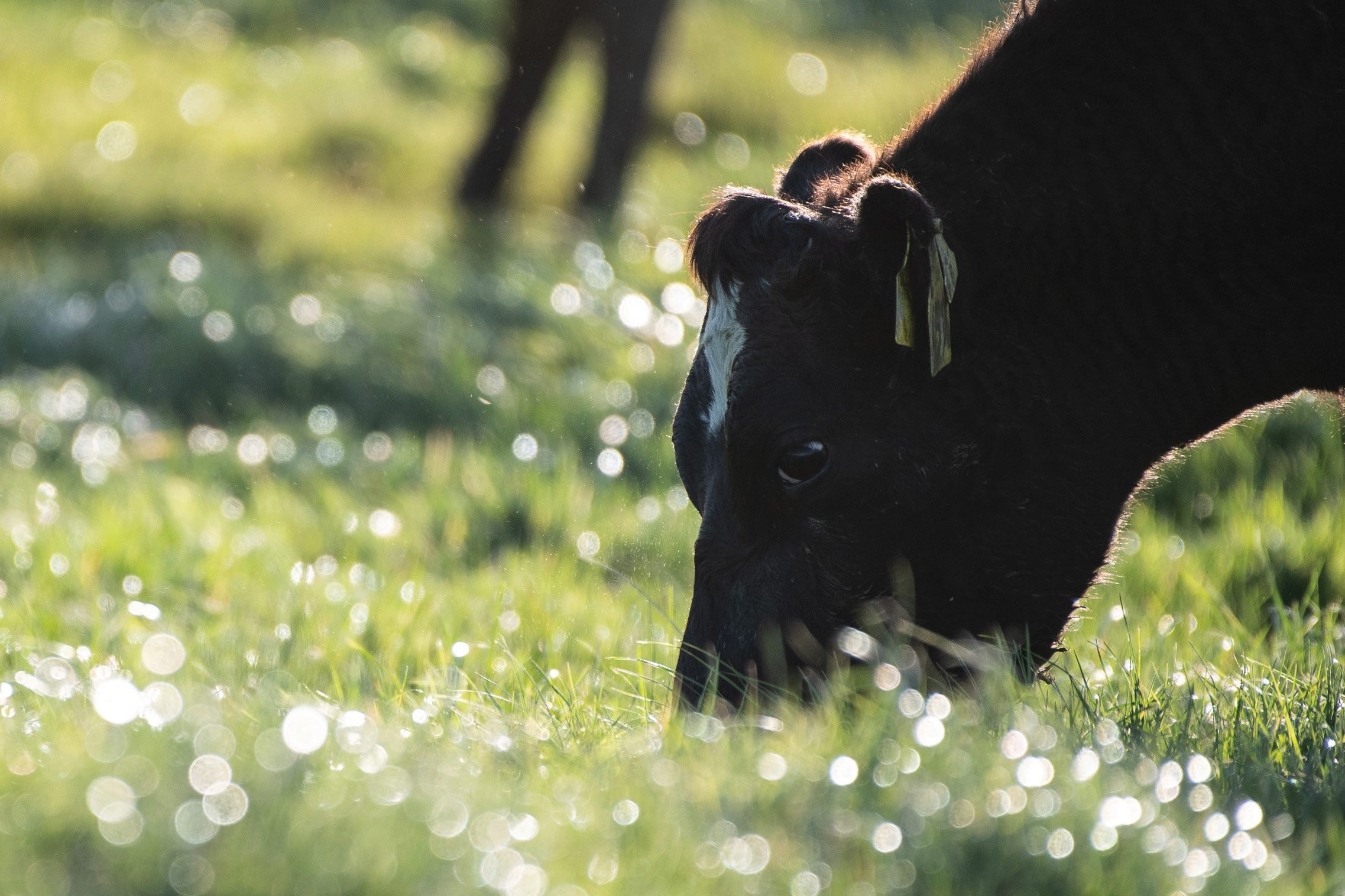
Past scientific studies modelling New Zealand’s future weather patterns focused on less rainfall in certain regions, not more.
If we had a looking glass and could have seen into the future, only a few regions in the 2022-23 season in NZ were predicted to see increased rainfall, and certainly we could not have foreseen the continuous rainfall and adverse weather events that have impacted farmers around the country.
Steve Canton, Dairy NZ regional partner in the Waikato says from what they are hearing, farmers in the areas worst-affected in the region are farms bordering the Waihou river. The Ngatea area has been quite badly affected also.
In the rest of the Waikato, Steve says comments from farmers have been along the lines of; “It is wetter than normal, and a real pain, but we are okay.”
A farmer near the Waihou river, whose farm access was cut by flooding has said they undersowed in March/April but were then flooded again in May, so are now waiting until September, and will use affected paddocks for cropping; planting crops such as maize, turnips and chicory.
Dairy NZ have hosted a series of question-and-answer webinars entitled, “Spring Forward,” hosted by Frank Portegys and Mark Williams. (These are available online on the Dairy NZ site.) After the very wet few months, many farms have paddocks or parts of paddocks which have opened up due to pugging or being repeatedly flooded.
Primarily, the team say, to see where you are – go out and measure pasture. If there was a deficit there would be a need to buy supplementary feed. If there is yellowing of the grass that means there is a sulphur deficiency.Sulphur is just as important as nitrogen with saturated pasture as it gives a long response followed by the nitrogen.
Sulphate, not elemental sulphur, is the key. When the weather is finer, get the applications on early to boost pasture growth.
“Try and prevent pasture damage as much as possible and keep rounds as slow as possible which is a hard sell for farmers with waterlogged paddocks. There is a long-term benefit for short-term pain though.”
Trial work done years ago holds true that rotation lengths and the number of grazings you do has an impact on pasture cover. With regards to grazing rotation, holding longer rounds is better seasonally than monthly, and strip rotation is based on this.
When putting up breaks, two four-hour breaks are better and square breaks are preferable to long strip grazing, and to avoid pasture damage, graze paddocks back to front so they are walking over long pasture. Where possible it is a good idea to drop fences, so cows aren’t going in and out of the same area each day.
The lower you drive cover, the lower the pasture growth rates will be. In essence you don’t want to drive your annual pasture cover too low, but if you stay on longer rounds, supplements may be required.
“Some farmers have been on 30-day rounds recently. What we are trying to get away from is extremely fast rounds as that is just a lose-lose,” Mark says.
Pugging
Pugging damage has seen some farmers look at plantain to fill the gaps and will stitch in something the cows want to eat vs growing weed species so drilling in grass seed can be seen as a stop-gap measure. It is not just milking herd pasture where this is happening, support blocks are looking at this measure also.
On-off grazing
On-off grazing is the most effective strategy for minimising pugging damage. It involves having stock on pasture or crop for short periods only. For the rest of the time farmers can use a well-designed and managed stand-off area. Cows can consume their daily intake in six to eight hours so can be stood off paddock if necessary to avoid damage. Alternative places to stand cows off include races, paddocks that have been identified for regrassing, or stone-free yards. Always ensure cows have enough space to lie down.
Waterlogged pasture and soil impact
Peter Burton from Functional Fertiliser says this winter there was no avoiding pasture damage.
“You’re going to make a mess, and you will be doing damage to soils, so the decision really is whether to spread the damage over a large area or confine it to a small area.”
Once soils get damaged and water-logged, the soils stop breathing and become inert. The worst situation is when soil becomes anaerobic and smelly due to lack of oxygen. Soils should be 25% air, and 25% moisture. With treading in wet weather, the air gets squashed out of soils and water fills air spaces, so the beneficial biology such as earthworms don’t thrive. These factors contribute to slowed pasture growth.
The natural process is CO2 being given off by the plant, but once soils are waterlogged this process slows.
Feed drills
Some farmers are using feed drills after the wet winter, and in spring they will drill across the worst areas which is also beneficial for aeration, as it lifts the soil and puts feed in and re-establishes plants and also helps it to drain.
Cost of seed is a factor, but the recovery period will be longer if not drilled. Mixed seed is preferable; clover, chicory, and plantain can be used with the ryegrass strains, and the use of up to three clovers can be good and he recommends two white clovers and a red clover are a good combination. And clover is the key for summer production.
Clover has nodules on the roots, and soil bacteria live in these nodules. When these bacteria are actively fixing nitrogen, the nodules are a reddish pink inside.
The colour is caused by leghaemoglobin (a protein similar to haemoglobin in blood) that controls oxygen flow to the bacteria. If there is too much or too little oxygen, the bacteria will not fix nitrogen. If the clover is from an area that has been fertilised, it is unlikely that nitrogen fixation is taking place (so the nodules will not be red). This is because the bacteria prefer the available nitrogen (the ammonium or nitrate fertiliser) rather than fixing nitrogen.
The addition of clover seed may also be beneficial as clover-dense pasture grows more strongly over summer when grasses naturally go to seed due to a combination of soil temperatures above 20C and longer sunlight hours. Because clover fixes nitrogen, reliance on synthetic nitrogen is reduced creating a situation that is genuinely carbon positive.
Alternative pasture management systems
DEFERRED GRAZING
In wet and damaged pasture deferred grazing could be an option.
When pasture growth exceeds demand in October a farmer can skip these paddocks and leave them standing rather than get a contractor in to make silage. Then feeds this out as deferred pasture in February/March (during a traditional drought time).
These paddocks do their own reseeding and become high-producing, thick pastures again. This saves the farmer the cost of silage making and resowing pastures with expensive new pasture species. Diesel prices starting to rise again are also a contributing factor in costs.
BALE GRAZING
AgResearch Invermay soil scientist Ross Monaghan and a team created the Soil Armour Project in the South Island to see if dairy cows grazing on pasture in winter can reduce nitrogen leaching and mud compared to traditional forage crops.
“The benefits of bale grazing included reduced nitrogen leaching; a live plant in the ground year-round; minimal pasture damage; very little to no sediment runoff; no cultivation, sprays and crop establishment costs; improved and better functioning soil; easy wintering with shifting cows every three days; better livestock welfare; no massive feed transitioning for cows and less feed being required to maintain body condition.”
A drawback included the system needing a greater area than a conventional crop wintering system.
Feed drills
Some farmers are using feed drills after the wet winter, and in spring they will drill across the worst areas which is also beneficial for aeration, as it lifts the soil and puts feed in and re-establishes plants and also helps it to drain.
Cost of seed is a factor, but the recovery period will be longer if not drilled. Mixed seed is preferable; clover, chicory, and plantain can be used with the ryegrass strains, and the use of up to three clovers can be good and he recommends two white clovers and a red clover are a good combination. And clover is the key for summer production.
Clover has nodules on the roots, and soil bacteria live in these nodules. When these bacteria are actively fixing nitrogen, the nodules are a reddish pink inside.
The colour is caused by leghaemoglobin (a protein similar to haemoglobin in blood) that controls oxygen flow to the bacteria. If there is too much or too little oxygen, the bacteria will not fix nitrogen. If the clover is from an area that has been fertilised, it is unlikely that nitrogen fixation is taking place (so the nodules will not be red). This is because the bacteria prefer the available nitrogen (the ammonium or nitrate fertiliser) rather than fixing nitrogen.
The addition of clover seed may also be beneficial as clover-dense pasture grows more strongly over summer when grasses naturally go to seed due to a combination of soil temperatures above 20C and longer sunlight hours. Because clover fixes nitrogen, reliance on synthetic nitrogen is reduced creating a situation that is genuinely carbon positive.
Strategies at Owl Farm
Owl Farm is a 350-cow commercial dairy demonstration farm at St Peter’s School, Cambridge. They share farm data on their Facebook page with weekly updates.
“Key points to iterate are to carry out farm walks to assess damage and prioritise paddocks that require remedial work, and then determine what’s suitable for summer crops. Identify what can be under sown with a plan to renovate in 12-18 months and to be sure to update your feed budget with these changes.
“Fixing these problems in spring will provide more feed over the season but create a pinch prior to the start of mating that needs to be planned for,” observes Jo.
Owl Farm uses a relatively new product called PasturePro which manages the interface between the cow and pasture.



